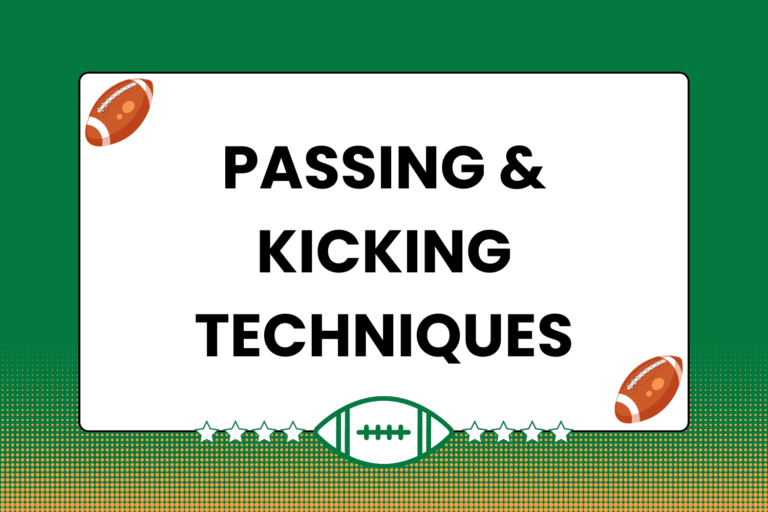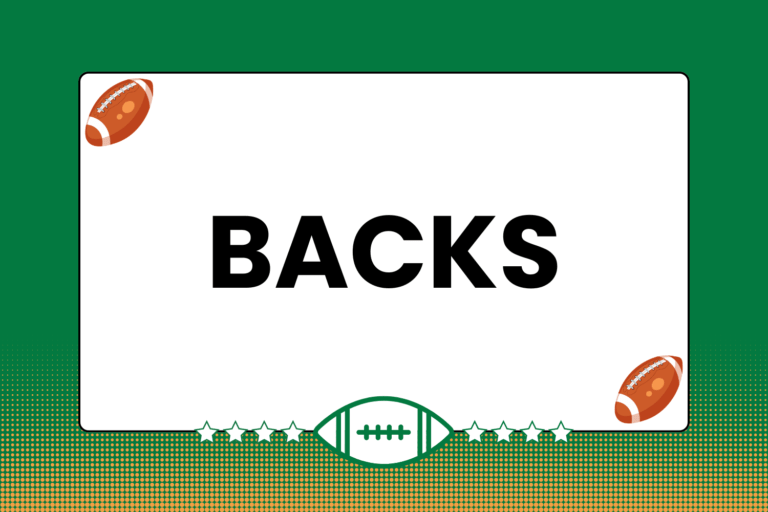Every four years, a wonderful event takes place that unites the entire rugby community: The Rugby World Cup. Not to be confused with other contests that also take place once every 48 months, the Rugby World Cup (or RWC) is the preeminent rugby tournament. The two month-long competition features the best teams on the planet, as the various nations battle for rugby supremacy. To the winner goes the William Webb Ellis trophy, while the less fortunate losers must wait three years and 11 months for a shot at redemption.
This guide features an overview of the RWC’s structure, and an explanation of the process that teams endure to make it onto rugby’s grandest of stages.
The Qualification Process
The RWC features a collection of 20 teams, broken down into four pools of five teams each. The top three teams in each pool from the previous RWC automatically qualify for the next World Cup. The remaining eight spots are filled based on the results of a series of qualifying matches.
The teams that receive automatic bids are re-seeded depending on how each team performs between the previous tournament and the approaching one. Matches that feature two highly-ranked teams have especially important implications, especially in the months leading up to the tournament.
To fill the remaining eight spots, teams from around the world play each other in a series of qualifying matches that are broken down by region. As it stands now, the eight qualifying spots are allotted as follows:
- Two spots go to the top-ranked European national teams
- Two spots go to the top-ranked Americas national teams (North, Central and South America)
- One spot goes to the top-ranked African national team
- One spot goes to the top-ranked Asian national team
- One spot goes to the top-ranked Oceania team (South Pacific island nations)
- One spot goes to the winner of a match between the two highest ranked remaining teams
Although the ‘top-ranked’ teams that occupy these qualifying spots are usually ranked lower than the teams that automatically qualify, it’s possible for one of the qualifying teams to have a higher ranking than a team with an automatic bid.
Amazingly True Story
There is a tradition that takes place at the start of the first game of every RWC. More specifically, the tradition actually deals with how that game starts. The whistle that is used to begin the first game of every tournament is the same whistle that was used over 100 years ago, during the first international match between New Zealand and England in 1905. And although it’s not quite as substantiated, that same whistle is also believed to have been used in the last 15-man Olympic rugby game in 1924.
Tournament Format
After the dust settles and the 20 teams that qualify are sorted into their respective pools, the fun really begins. The tournament itself is broken up into two phases:
- Group Stage: In the first half of the tournament, each team plays the other four teams in their respective pools. The results of this stage determine which teams move on to the next round.
- Elimination Stage: Based on the outcome of the group stage matches, the top two teams from each pool move on to play for the championship.
Both stages last for roughly the same amount of time. However, 40 different rugby games are played in the Group Stage, compared to the eight matches that decide the championship and runners-up.
Playing for the Cup
In order to move on from the Group Stage to the Elimination Stage, a team must earn one of the top two spots in its respective pool. Once the top two teams are established from each pool, the elimination rounds begin. Here’s a breakdown of the different rounds in the elimination stage:
- The quarterfinal (QF) round takes place in one weekend, and pits the first place team from each pool against a randomly-picked second place team from a different pool. In total, four matches are played in this round, with the winners advancing to the next round. For sorting purposes in the next round, these games are numbered 1-4.
- The semifinal (SF) round takes place the following weekend. The winners of the first and second QF games play each other the first day, and the winners of QF games three and four play the next day. Each of these teams will play again the next weekend, but only two of them will be playing for the championship.
- The final round takes place the following weekend, and pits the two SF winners against each other in a battle for the RWC championship. Before the final round, the remaining two teams will play each other for third and fourth place.
In all, 48 games are played over the course of both rounds.
Bring the Cup Home






